#greg rpg
Explore tagged Tumblr posts
Text

My current guys ever
#look outside#look outside game#greg rpg#look outside sam#pleaseeeeeee if anyone is seeing these tags play greg rpg#we need more food there are a total of 6 people I am not kidding#my posts#my art
22 notes
·
View notes
Text
Game released!
youtube
Get it now! For free!
9 notes
·
View notes
Text

The ISS Arrival Vengeance is a 60,000 ton Azhanti High Lightning class cruiser on a three-year mission to save civilization (Tom Peters cover art for Greg Videll's adventure for Megatraveller, GDW, 1992)
#Tom Peters#Traveller#Megatraveller#Arrival Vengeance#spaceship#sci fi#scifi#GDW#Game Designers' Workshop#space#planet#RPG#Greg Videll
103 notes
·
View notes
Text
Notes:
You can be a Greg even if you are a lady-type or a non-dude-but-also-non-lady-type.
D&D Greg in this case also encompasses fantasy and players of the many other tabletop RPGs that people are mad nobody's playing instead of D&D
Yes, Open Source Greg also encompasses the Creative Commons movement. You all know why if you follow me.
#4 gregs#teen girl squad#homestar runner#open source#creative commons#japanese culture#weeaboo#sci-fi#d&d#tabletop rpg#tabletop rpgs#tabletop gaming
22 notes
·
View notes
Text




— Greg Hsu (400*640)
14 notes
·
View notes
Text
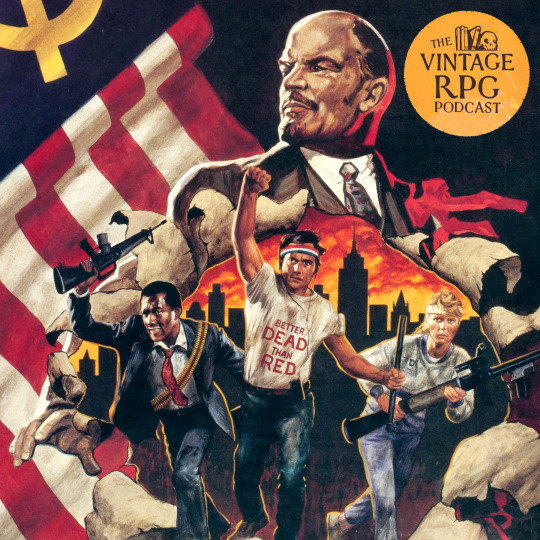
Better dead than Red! This week on the Vintage RPG Podcast, we take a look at the Cold War curiosity The Price of Freedom (1986). Basically Red Dawn (or Red Scare) the RPG, it seems like a serious attempt at creating a game in the mode of similar military-focused, conservatively minded box sets that were coming out at the same time. On the other hand, it’s by Greg Costikyan (Star Wars, Paranoia, Violence, Toon) and because of his work on those games, I feel like it is very much taking the piss. Just look at that gloriously ridiculous cover!
#tabletop rpg#roleplaying game#dungeons & dragons#rpg#d&d#ttrpg#podcast#Greg Costikyan#West End Games#Price Of Freedom#noimport
25 notes
·
View notes
Text
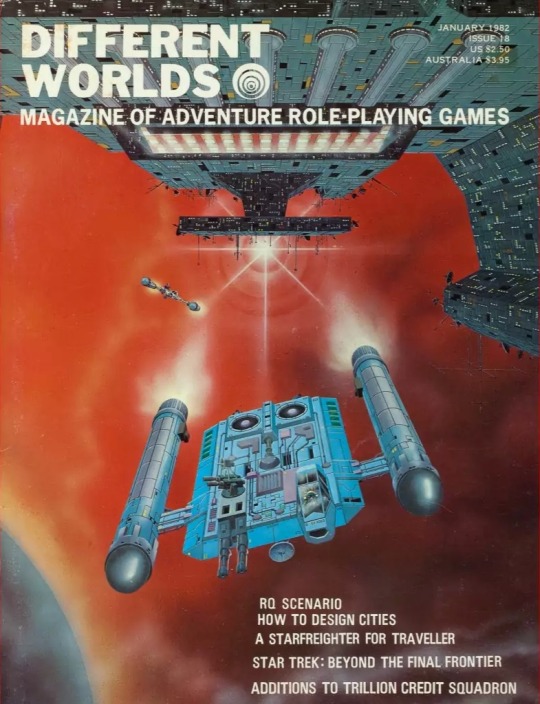

Cover illustration for Different Worlds issue #18 by Kevin C. Ellis, published in January 1982. Games featured in this issue include Dungeons & Dragons, RuneQuest, Star Trek: Adventure Gaming in the Final Frontier, and Traveller.
The image on the right is the original painting found by a family friend at an estate sale. I'm looking for a spot to hang it in my new place.
Different Worlds (1979-1987) was a role-playing games magazine that covered reviews, strategies, support, and general interest related to role-playing games.
#different worlds#role-playing#tadashi ehara#greg stafford#chaosium#kevin c. ellis#fantasy art#sci fi art#d&d#dungeons and dragons#runequest#star trek: adventure gaming in the final frontier#star trek#rpg magazine#rpg art
3 notes
·
View notes
Text
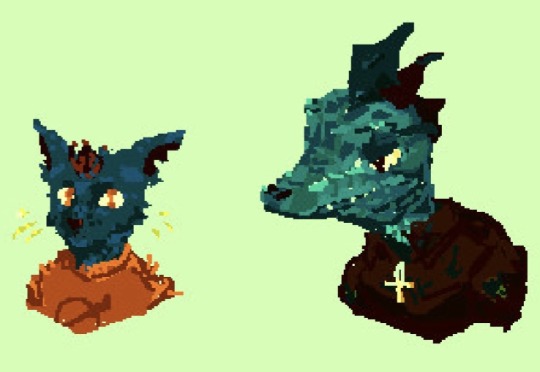


Mae is so small, she’s a short little thing
8 notes
·
View notes
Note
Saw you post about Reign's character generation. Could you explain in brief how it works exactly? I've heard lots of praise for it but never bothered to figure out how it actually works and would love to hear it from you.
So Reign's random lifepath chargen is fun at least partly because it's weirdly transparent about how it works.
The default character creation in Reign is point based. Starting level characters get 55 points to build on.
What one roll chargen does is set a point cost for each die- 5 points, so for the default character creation, you roll 11d10, guaranteeing you always have at least one matching set- 2 of a single number.
(Reign's an ORE game so it's all about matching sets of d10s)
Each number has a sort of theme to it- 1s may be about being a thief or beggar king type, for example, and as you get more 1s you get skills and stat increases relevant to that. 2s may be about being a culturally appropriate wizard, and you get spells and attunement to a magic school, etc. 3s, 4s and 5 could be a fighting style- 3 could be archery, 4 about being militia soldier and 5 could be themed around being a axe-wielding berserker.
Etc.
So you roll a a lot of 1s and 3s and you become a stealth archer, manifested by the will of Todd Howard.
but you might ask 'what about the spare dice that don't have matches?'
They're still worth points, and this is often where the weird lifepath events comes in. Stray dice have their own chart, often similarly themed to the matching sets but not necessarily aligned with them, and usually are tied to single event. Maybe you roll a single two, and instead of being a wizard, you were nearly killed by one once, so you've got counterspell, eerie, and relevant advantage.
Since you roll this all at once, you use the pieces to assemble a backstory, picking the order that appeals to you.
20 notes
·
View notes
Text
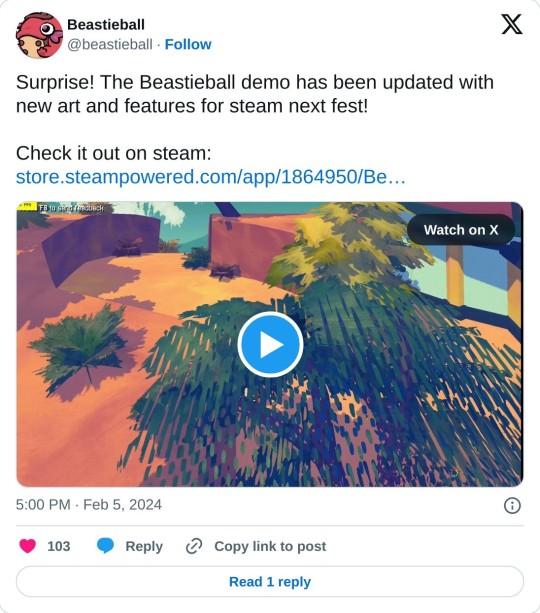
the beastieball demo has been updated to include the latest character art, more character customization options, run button, and more! please do check it out on steam!!
(note: the mac version has not yet been updated but will be soon!)
3 notes
·
View notes
Text
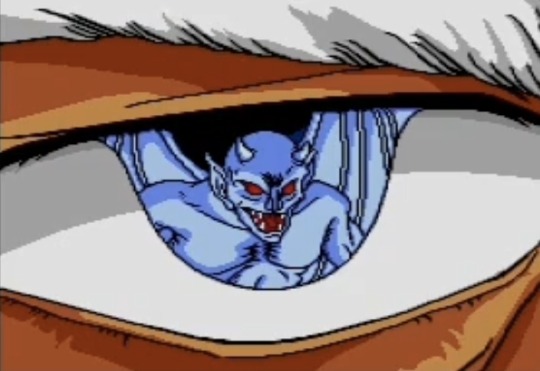
#dark wizard#sega cd#Atsushi Seimiya#Dark Wizard: Yomigaerishi Yami no Madous#sega#rpg#jrpg#tactical rpg#greg winters#anime#pixel#eyeball#retro#mari koizumi
1 note
·
View note
Text
Devlog 30: 22....28.07.2024
Hey hey!
The game has been quite rapidly nearing the elusive Release. I've been mainly trying to tweak the "user experience" by adding more things that can happen, and fixing bugs and such. New art assets and dialogue.
June Webcatz has been helping with assets and code. Thank you! Drakonic has been playtesting the game which is a whole new perspective for me. Thank you!
My favourite part: sliding puzzles in the forest

The coming week will be a break from the routine so I don't know how much progress I can make. If I don't, I need a break anyway.
Toodles for now!
8 notes
·
View notes
Text
Greg Gillespie, author of Barrowmaze and other OSR titles, has launched a Kickstarter for his Dragonslayer Role-Playing Game.
I've mentioned before that many of us who started with a "Basic" edition of D&D never actually played AD&D as written, but added AD&D's best new rules to Basic's cleaner structure. That's exactly what Dragonslayer is meant to be by design. From his pitch:
Most of us kept using the Basic Engine (elegantly restated by Tom Moldvay in 1981) and grafted the chrome of First Edition onto our existing style of play. We used First Edition spells, character classes, monsters, and all the adventures. We left behind lame rules that bogged down gameplay and made it feel like actuarial science (for example, counting segments for spells or weapon-speed factors, among others). This wasn't Moldvay Basic and it wasn't First Edition. This was the edition we all played. We called it .75 or halfway between BX and 1E. This is the ruleset that I've played for decades. This is how I play medieval fantasy role-playing games. This is the way…I want to play fantasy role-playing games.
(KS runs through September 29, 2023)
#Dragonslayer Role-Playing Game#Dragonslayer RPG#Greg Gillespie#OSR#Kickstarter#D&D#Dungeons & Dragons#gaming history#B/X D&D#AD&D
54 notes
·
View notes
Text




Violence was written as a direct response to the author’s frequent experiences at the gaming table where a lot of “main character” types attempt to find the best way to enter into a space and do the most violence. Most tabletop games, no matter how you dress it up or what sort of backstory you add to your character, rely on mechanics of harm. After all, it’s one of the easiest ways to incentivize player movement in roleplaying games. If you have rules for combat, for harm, for violence, surely… violence is intended, in some way or another. There is no way to interpret design, if not an expression of intended use. “Genocide,” said Greg Costikyan—Designer X himself—on a call with Rascal, “is a great way to generate XP.”
#Violence: The Roleplaying Game#Violence: The Roleplaying Game of Egregious and Repulsive Bloodshed#Designer X#Greg Costikyan#Rascal News#Roleplaying Games#Tabletop RPGs#Tabletop Roleplaying Games
1 note
·
View note
Text



— Greg Hsu
5 notes
·
View notes
Text
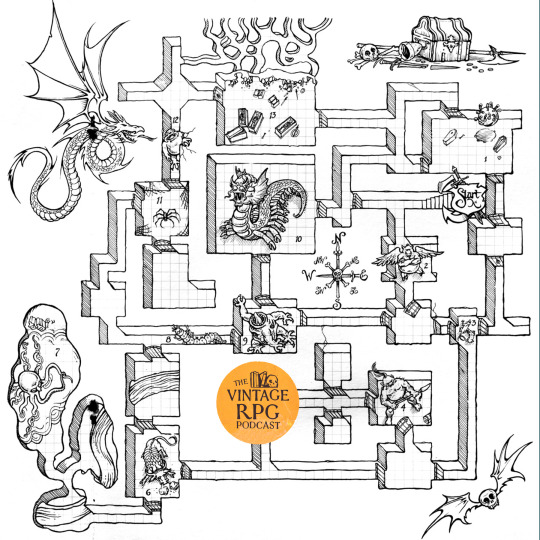
Hello friends! We're running remastered repeats for the holidays. I thought the Coloring Album would, in some way, speak to warm memories of childhood Christmas gifts. Whether or not that's apt, we hope your holidays are rad!
Original notes: This week on the Vintage RPG Podcast, we flip through the Advanced Dungeons & Dragons Coloring Album (1979), written by Gary Gygax and illustrated by underground comic artist Greg Irons. Not only is this a gorgeous coloring book (with some content of questionable suitability for kids) but it also comes with a rules lite dungeon crawl game baked in, penned by Gygax himself [Note: Stu has since learned that Gygax wrote the storybook portion of the album, but Lawrence "White Plume Mountain" Schick designed the game]. We hadn’t ever heard of this until a few months ago, but it instantly became one of our favorite Dungeons & Dragons books of all time.
Bonus Fact: The map for the game portion is a modified version of the Tower of Zenopus dungeon from John Eric Holmes D&D Basic Set (1979).
#rpg#d&d#dungeons & dragons#tabletop rpg#roleplaying game#ttrpg#podcast#Coloring Album#Greg Irons#Gary Gygax
29 notes
·
View notes